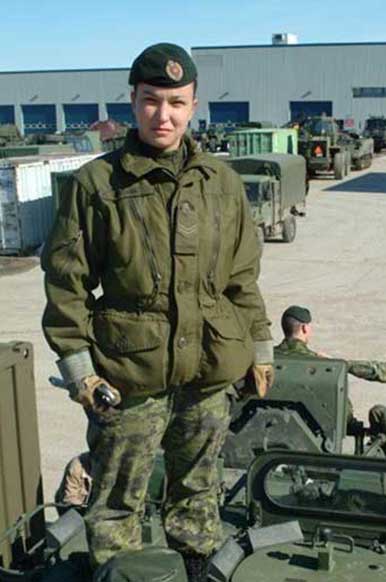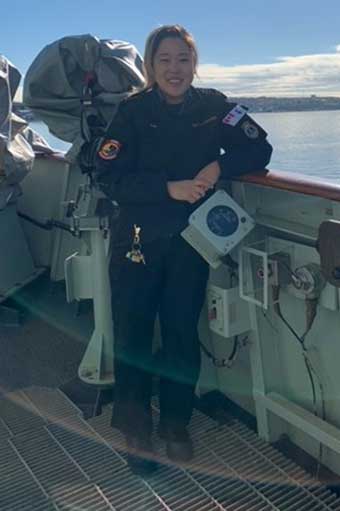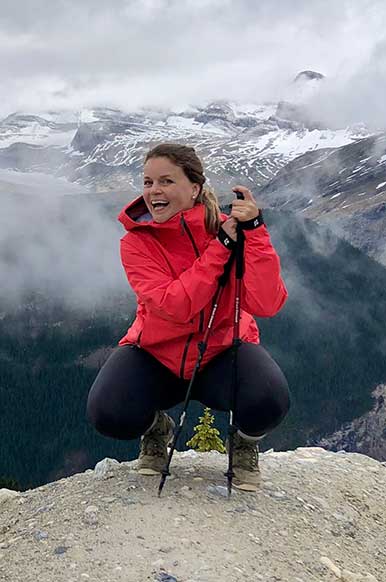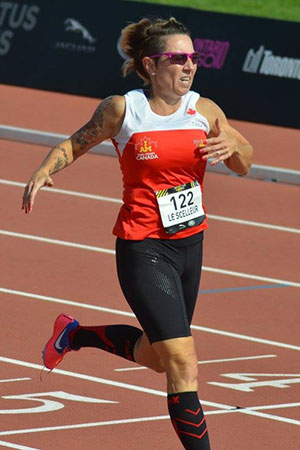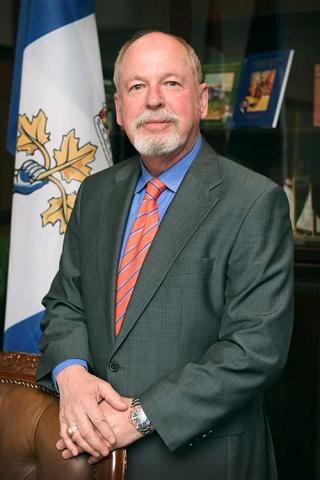
Joined
1968
Postings
- Moose Jaw, SK
- Summerside, PEI
- Shearwater, NS
- Toronto, ON
- Ottawa, ON
Deployments
- Egypt
- Gulf war
Lieutenant-Colonel (Ret’d) Charles Cormier discovered an interest in military operations in high school. After a classroom presentation of the Canadian Armed Forces Officer Training Plan, he enlisted in the Reserves at the age of 16. At 18, he transferred to the Regular Force and began his studies at the Royal Military College St-Jean. “I didn’t want to put financial stress on my parents.”
“I wasn’t a natural. I had to work. I passed my tests, but not by a very wide margin. I managed to earn my wings in 1976 and had a full career in aviation. I am still in private aviation to this day.”
Although he initially wanted to be an armour officer, Cormier soon changed his mind after a summer of training. Following the advice of pilot friends, he turned to this profession instead. “I wasn’t a natural. I had to work. I passed my tests, but not by a very wide margin. I managed to earn my wings in 1976 and had a full career in aviation. I am still in private aviation to this day.”
Cormier flew Buffalo aircraft on which he performed search and rescue on the country’s east coast, and transport for a United Nations mission in Egypt. He also flew the Tracker aircraft assigned to coastal surveillance. After taking a break from the air for a few years, Cormier returned to flying, swapping airplanes for helicopters.
On August 2, 1990, more than 100,000 Iraqi soldiers invaded neighbouring Kuwait. A coalition of more than 35 countries, led by the United States, quickly formed to force the Iraqi withdrawal. On August 10, 1990, the Canadian government announced that it would provide military support to the coalition forces. Three ships then left for the Persian Gulf.
In the fall of 1990, Cormier volunteered to join the mission and give a break to his colleagues who had been there from the beginning. “The ships left Canada in August. The ultimatum for Iraq to leave Kuwait was January 15, so the personnel had already been there for four months. They were tired. Canada decided to replace the full crews of all three ships.”
Cormier was the first of the replacement pilots to leave Canada on December 7, 1990, as Commander of the aviation group for the three Sea King helicopters aboard HMCS Protecteur. His 51 colleagues arrived in dribs and drabs. They had to get them used to flying in war zone airspace one by one, while coordinating with the multiple ships and countries involved.
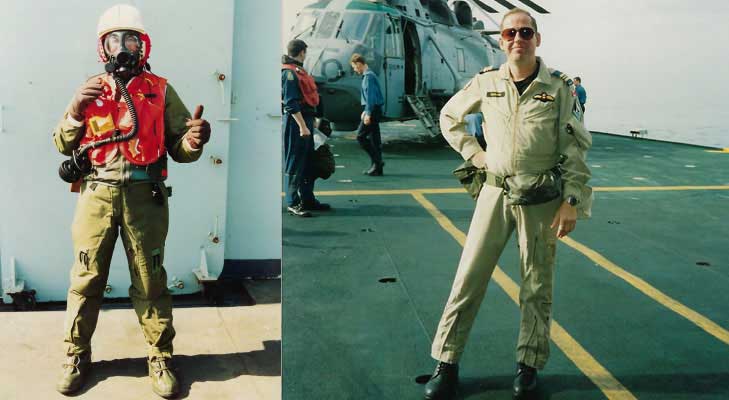
Charles Cormier with his chemical weapons protection equipment (left) and on the deck of HMCS Protecteur, in front of his Sea King helicopter (right).
The helicopter missions were demanding. HMCS Protecteur could have been attacked at any time by Iraqi chemical missiles. The Canadian Sea King pilots knew this. There was no question of flying off without protective equipment!
“Helicopters are the eyes of the ship. We often made surveillance flights at night. We were monitoring for mines. We were watching for terrorists in boats. We did that at night, with no light, and we were able to identify the names of the ships. We knew we were vulnerable, but we were doing our job.”
A level of complexity was also added due to the fact that the flights were mainly carried out at night: “Helicopters are the eyes of the ship. We often made surveillance flights at night. We were monitoring for mines. We were watching for terrorists in boats. We did that at night, with no light, and with the infrared equipment, we were able to identify the names of the ships. We knew we were vulnerable, but we were doing our job.”
Cormier is very proud of what Canadians accomplished in the Gulf. There was no loss of life or injury among Canadian soldiers. Less than two months after the fighting began, on January 16, 1991, Iraq agreed to a ceasefire. On April 7, 1991, Cormier and his colleagues returned home.
Three months after returning from the Gulf, Cormier retired from the Canadian Armed Forces after 23 years of service. He continued to work in the aeronautical field, notably with Transport and NAV Canada. He was also elected municipal councillor in Dieppe, New Brunswick twice. He now owns his own company that provides air navigational assistance to 75 small Canadian airports. Cormier has been a volunteer with the RMC Saint-Jean Alumni Foundation for the past 11 years.
With courage, integrity and loyalty, Charles Cormier has left his mark. He is one of our Canadian veterans. Discover more stories.
If you a Veteran, family member or caregiver in need of mental health support, the VAC Assistance Service is available to you 24/7, 365 days a year at no cost. Call "1-800-268-7708 to speak to a mental health professional right now.









